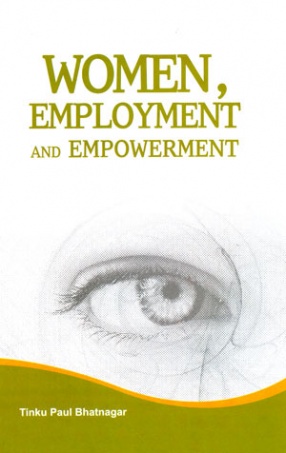The likely trajectory of conflict and peace in West Asia has always baffled both policy-makers and experts alike. The complexity of issues and the enormity of the challenge have often pushed the region into the arena of conflict even while the peace efforts are on. With the end of the Cold War, many hoped that there would be peace and stability in the region. But the first thing it witnessed was a major military confrontation in the form of “Operation Desert Stormâ€. Paradoxically, this very war compelled the US to work towards a comprehensive solution of the Arab-Israeli-Palestinian conflict. Once again the benefits of peacemaking remained confined to the high walls of conference rooms and closed negotiation chambers making renewed conflict an ever possibility. The 1993 Oslo accord sought to put the bloody past behind and move towards a new era of reconciliation and peaceful coexistence between the Israelis and Palestinaians. The high hopes, even euphoria, however, proved to be short-lived. The Israeli intransigence in implementing the accord at every step, and on every issue, and the subsequent suicide bombing missions by the Hamas and the Islamic Jihad pushed the region into a new cycle of violence causing heavy casualties and large-scale destruction, specially on the Palestinian side. The failure of the Camp David-II talks and the outbreak of a second Palestinian uprising against Israeli occupation almost sounded the death-knell of the Oslo process. By the time Sharon came to power, there was a greater redicalization of opposition on both the sides. Terrorism once again became the main issue. The terror attacks on New York and Washington, despicable though they were, provided the US and Israel a pretext to pursue their own long-term strategic objectives in the region in the name of the so-called war against terrorism. While Israel declared a full scale war against the Palestinian Authority, the US sought to look for new excuses to launch a military strike against Iraq – for the second time in eleven years. Covering a wide range of essays, this book provides insights into the dynamics of Israeli politics and the peace process, the vicissitudes of the Palestinian national movement, the issue of democratic reforms in the Arab world, the complexities of the inter-Arab politics/rivalry and the real US objectives in the region during the post-Cold War phase. Students and research scholars of West Asian Studies, US foreign policy and International Studies as a whole should find this book useful.
Women, Society and Law
$49.50
$55.00





There are no reviews yet.